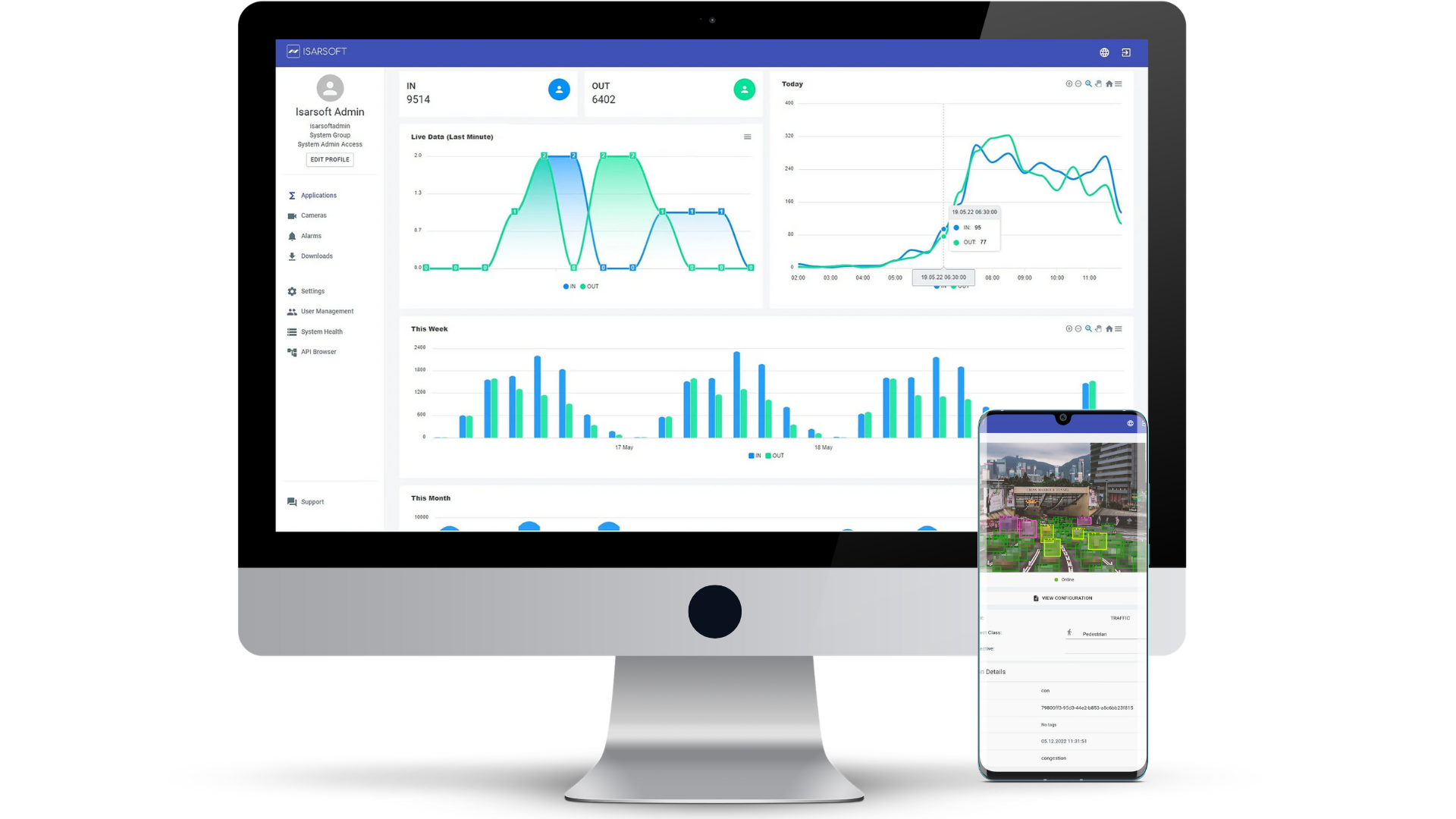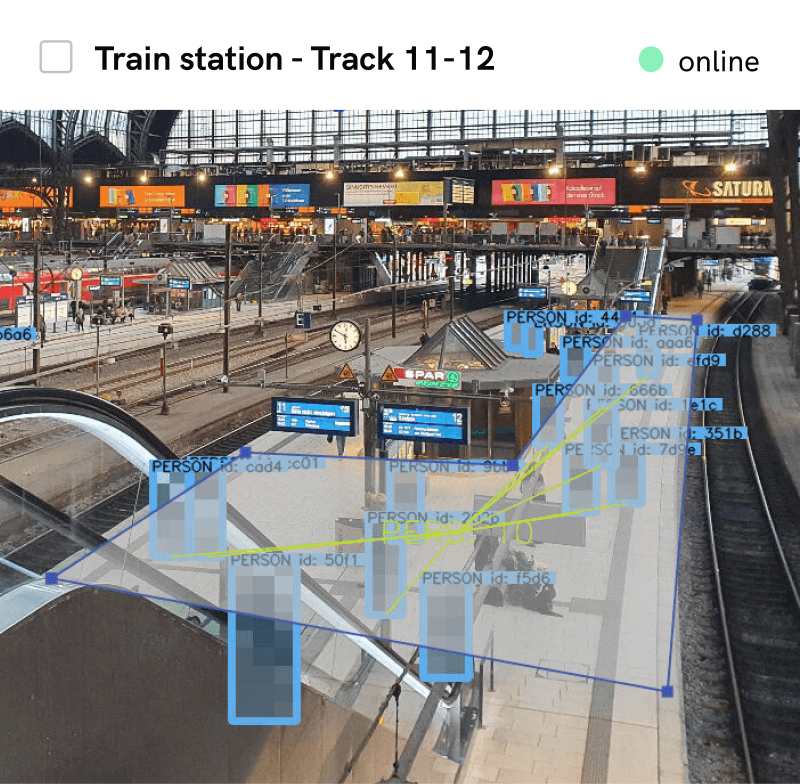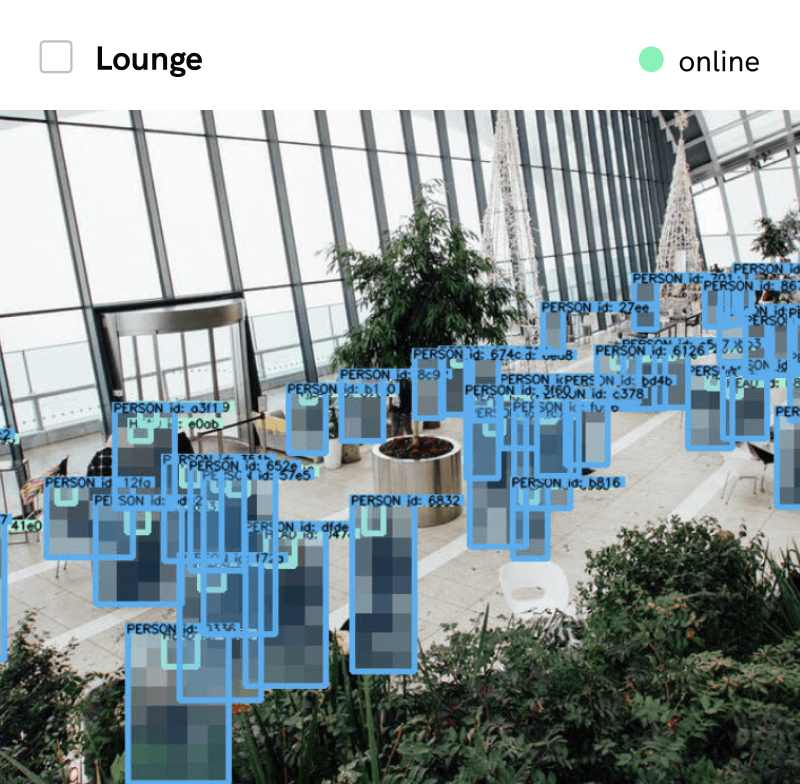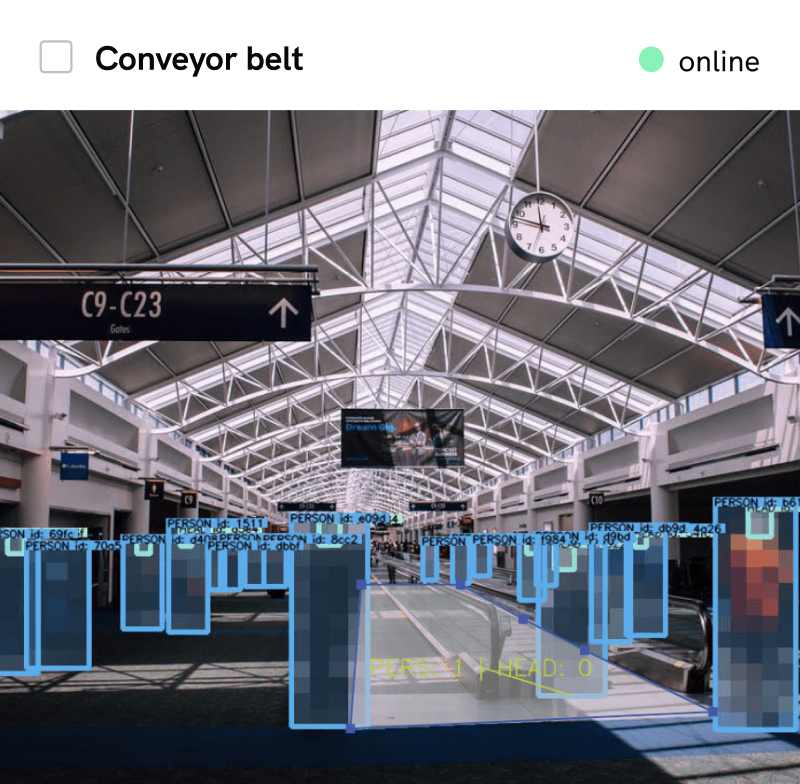Performance Measurement in Airports - Top 10 KPIs for Every Airport
Performance in airports can be measured in many ways. One of the most effective, is to curate a list of Key Performance Indicators (KPIs) and use them as the primary basis for performance analysis. In this article, we discuss the top 10 KPIs for an airport.
Published
May 2, 2023
.avif)
Video analytics software can be used in airports for a variety of purposes. Smart tech tools such as Isarsoft Perception are configured to process and analyze data in a manner that allows users access to relevant business insights. In this article, we discuss the importance of KPIs and the top 10 for any airport.
What is a KPI?
KPI is short for Key Performance Indicator- a term used to denote quantifiable performance measurement.
KPIs are used to assess the performance of a company based on a roster of predefined criteria, and use the data to improve and alter business operations.
Top 10 KPIs for an Airport
Number of PAX/ Footfall
A basic KPI but one that forms the basis of all airline operations, footfall figures allow the user an insight into the number of passengers who avail of airline services on a regular basis. PAX is the airline abbreviation commonly used to denote passengers. The number of passengers can be counted as per requirement, i.e, daily, hourly, weekly, etc.
.jpg)
By having information about the inflow and outflow of passengers, the passenger flow can be optimized. That is not all, being able to monitor passenger flow is useful for potential problem cases such as overcrowding, long queues, and potential threats to security.
Number of flights
Second on the list and equally important, airports need to always be on top of flight data. This includes the number of flights scheduled to arrive and depart, their respective arrival/departure times, delays, takeoff stats, etc.
Flight-related data is an efficient way to monitor overall airport performance.
Delays
An airport runs on several different processes that come together to create one, smooth-functioning body. Suffice to say that it is important that these processes are well-optimized. A delay in one could throw off succeeding steps and result in a loss of resources.
By keeping a record of delays, airline personnel can figure out why the delays are occurring. Once the problem area has been identified, steps can be taken to resolve the problem.
Delays can be caused by defunct machinery, a lack of adequate staff, long queues, etc. This KPI can be assessed by using Isarsoft Perception’s Dwell Time Map, which provides a visual depiction of detected objects and the amount of time they are unmoving. In the case of an airport, delays can be most easily detected by focusing on the areas where the passenger flow seems to be particularly slow-moving.
On-Time Performance
On-Time Performance (OTP) is a measure of punctuality, for flights. It compares the number of flights that are on time, to the total number of flights in the particular airline under observation.
OTP can be used to identify problem areas that might result in a lack of punctuality.
Security Checkpoint Wait Time
Smart tools such as Isarsoft Perception process data in real-time. This is especially useful for airports as not only does the data need to be reliable, but also instantaneous and consistent to ensure quick response action.

The wait time at a security checkpoint refers to the time it takes for a passenger to traverse the length of the queue, beginning to end. For most airports, this happens to be one of the most common problem areas.
Turnaround Time
Turnaround Time (TAT) is a term used to point towards the time between landing and take off for a new flight. Airlines aim to keep the turnaround time low while also ensuring that due diligence is performed. This is when KPI measurement comes into play, by allowing operators a closer look at the datasets.
Aircraft Taxi Time
Taxi in aviation, is a word used to denote aircraft movement on the ground when fueled by its own power. Taxi time can be split into categories - Taxi-In Time and Taxi-Out Time.
Taxi-In Time refers to the time it takes between when the plane lands (wheels on) to when it reaches the designated gate. The objective is to reduce the taxi-in time so as to reduce congestion on the runway.
Taxi-Out Time is the time between actual off-block time and actual take-off time. Taxi-Out Time witnesses a decrease when there is no congestion.
Lost Baggage Data
Luggage carousels are an instrumental part of airport operations. Monitoring luggage operations allows for the process of claiming baggage to be streamlined.
It is often the case the luggage is misplaced while on the carousel, or elsewhere. By monitoring the number of incidents where luggage is either lost or unclaimed, airports can form an idea of how efficient their luggage system is. A smoothly running luggage system can be used to reduce crowding, overuse of resources and consequent delays.

Foreign Object Debris
Foreign Object Debris (FOD) is an object, whether live or inanimate, located in airport environment with the potential to cause damage to the aircraft or cause injury for personnel. A relevant safety hazard, FOD is an ongoing concern for airports and airline operations.
Smart tech such as Isarsoft Perception can be used to identify and detect potential FOD and move them out of the way before things escalate.
Number of Injuries and Fatalities
Airports need to ensure that safety remains watertight at every juncture, whether it is at checkpoints, the luggage carousel or in seating areas. The integration of smart tech into operations allows security personnel to detect problem areas and respond quickly to safety-critical situations.
By having number of injuries and fatalities as a KPI, airports can assess their present safety measures and how effective they are.
More about Isarsoft
With Isarsoft Perception, your camera systems become part of your business intelligence. Whether the goal is to increase efficiency, customer satisfaction or safety, Isarsoft Perception provides the insights needed for informed decisions.

Contact us, to learn more about how to turn security cameras into intelligent sensors.
Optimize your business processes.
Improve business processes with video-based business intelligence from Isarsoft.









.webp)